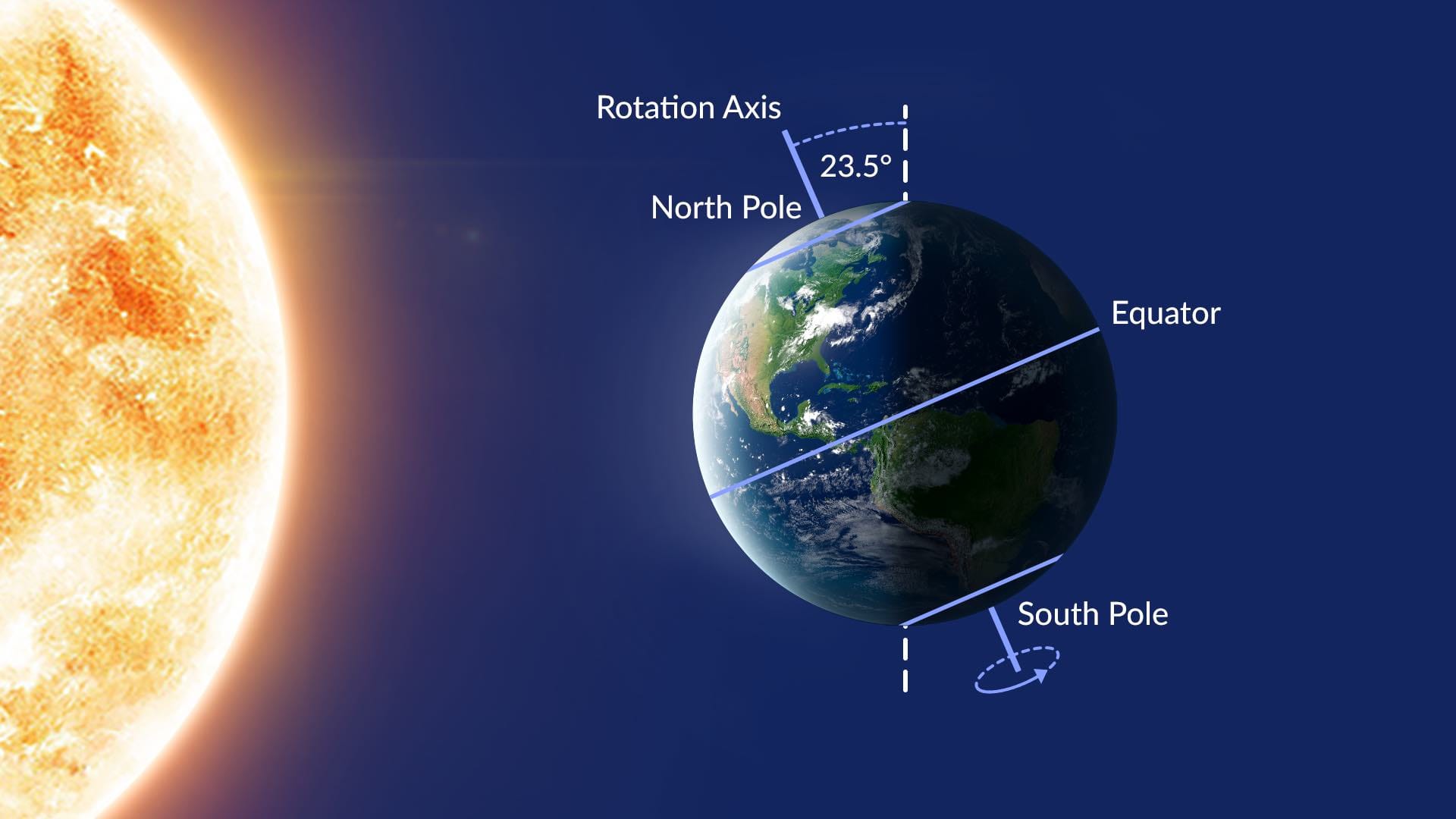Discovering The Magic Of The Summer Solstice: When Is The Summer Solstice?
As the sun reaches its highest point in the sky, a remarkable astronomical event occurs—this is the summer solstice. Celebrated around the world, the summer solstice marks the longest day of the year, typically occurring between June 20 and June 21 in the Northern Hemisphere. This moment not only signifies a turning point in the seasons but also has deep cultural, spiritual, and historical significance across various societies.
The summer solstice symbolizes the peak of warmth and vitality, a time when nature flourishes and people gather to celebrate the light. As day transitions into night, ancient rituals and modern festivities alike remind us of the connection we share with the Earth and its cycles. Understanding when the summer solstice occurs helps us to embrace this vibrant season and to acknowledge the changes it brings in our daily lives.
In many cultures, the summer solstice is a time for reflection, celebration, and connection with nature. From ancient stone circles to contemporary festivals, the solstice invites us to rejoice in the beauty of the sun's return and to engage with our surroundings. Knowing when the summer solstice takes place is essential for planning these events and for appreciating the natural rhythms that guide our existence.
Read also:Mike Vrabel Daughter Age A Closer Look At The Life Of A Coachs Family
What is the Summer Solstice?
The summer solstice is an astronomical phenomenon that occurs when one of the Earth's poles has its maximum tilt toward the Sun. This tilt results in longer daylight hours, making it the longest day of the year. For those in the Northern Hemisphere, the summer solstice typically falls on June 21, while in the Southern Hemisphere, it occurs around December 21. The date may vary slightly each year due to the leap year cycle, but it remains a significant event marking the transition into the summer season.
When is the Summer Solstice in 2023?
In 2023, the summer solstice will occur on June 21 at 10:57 UTC. This moment marks the precise point when the Sun reaches its highest declination, resulting in the longest period of daylight for the Northern Hemisphere. As the world gears up to celebrate this event, many people plan outdoor activities, festivals, and gatherings to honor the arrival of summer.
Why is the Summer Solstice Important?
The summer solstice holds great significance across various cultures and traditions. Here are some reasons why this astronomical event is important:
- Connection to Nature: The solstice serves as a reminder of our relationship with nature and its cycles.
- Cultural Celebrations: Many cultures celebrate the solstice with festivals, rituals, and gatherings.
- Spiritual Significance: The event is often associated with renewal, growth, and the celebration of life.
- Seasonal Transition: The summer solstice marks the beginning of summer, a time of warmth and abundance.
How is the Summer Solstice Celebrated Around the World?
Different cultures have unique ways of celebrating the summer solstice. Here are a few notable examples:
- Stonehenge, England: Thousands gather at this ancient stone circle to witness the sunrise on the solstice, celebrating with music and festivities.
- Inti Raymi, Peru: The Festival of the Sun honors the Incan sun god with colorful parades and rituals in Cusco.
- Juhannus, Finland: Celebrated with bonfires, traditional foods, and dancing, this Midsummer festival marks the solstice with joy and festivity.
- Summer Solstice Festival, USA: Various cities host events featuring art, music, and spiritual ceremonies to celebrate the longest day of the year.
What Are Some Traditional Foods Associated with the Summer Solstice?
Many cultures have traditional foods that are enjoyed during the summer solstice. Here are some popular choices:
- Fresh Fruits: Berries, cherries, and other seasonal fruits symbolize abundance and are often used in desserts.
- Grilled Meats: Barbecues and outdoor grilling are common ways to celebrate with family and friends.
- Herbal Teas: Infusions made from local herbs are enjoyed for their refreshing qualities.
- Salads: Fresh vegetables and herbs are a staple, representing the bounty of the earth.
What Activities Can You Enjoy During the Summer Solstice?
The summer solstice is an excellent opportunity to engage in various activities that connect you with nature and celebrate the season:
Read also:Who Is Kunal Ross Unveiling The Journey Of A Modern Trailblazer
- Outdoor Picnics: Gather friends and family for a day of food and fun in the sun.
- Nature Hikes: Explore local trails and appreciate the beauty of nature during the longest day of the year.
- Camping: Spend the night under the stars, enjoying the extended daylight.
- Yoga and Meditation: Participate in outdoor yoga sessions to celebrate the energy of the sun.
Conclusion: Embrace the Magic of the Summer Solstice
The summer solstice is more than just a date on the calendar; it is a celebration of life, light, and the beauty of our planet. Knowing when the summer solstice occurs allows us to participate in the festivities and appreciate the natural cycles that shape our lives. Embrace this magical time of year by engaging in activities that honor the sun and foster connections with others, nature, and yourself.
As we look forward to the next summer solstice, let us remember to cherish every moment of light and warmth it brings. Whether you choose to celebrate with traditional rituals, outdoor gatherings, or simply by soaking up the sun, make the most of this extraordinary event. After all, when is the summer solstice if not a reminder of the joy and abundance that surrounds us?
Article Recommendations


